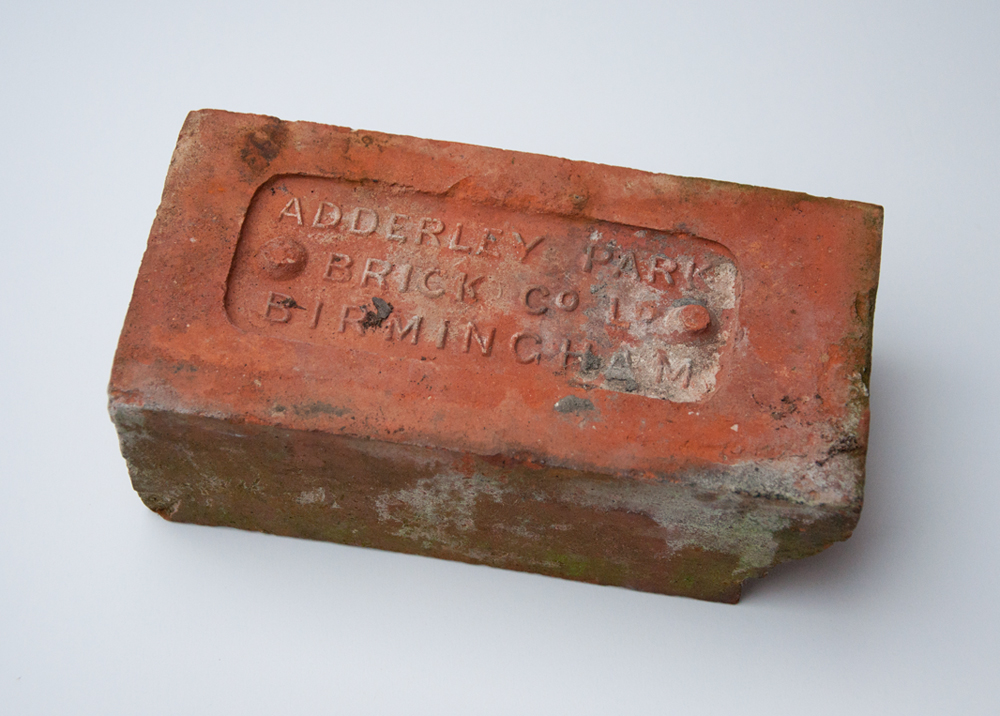Hello again Ray, we'll have to stop meeting this. A group of men would start work a few days prior to us moving onto the site. To start at the begining, I passed my test on a Co-op milk float and a short while later I got a job driving a J.4 pick-up. I always wanted to be a lorry driver, I delivered slabs, sand, cement and used building materials to households all around Acocks Green and Olton. After a few weeks I went onto a seven and half ton tipper for the same firm, then an eight wheeler. Back to the story, this first group of workers would go into the loft area and push all the slates/tiles off the roofs with pick handles , They would be left were they landed unles the firm had an order for some, or wanted some for stock in the yard. There were no proper barriers or men keeping watch and I never heard of anyone getting one on the head. These men would then remove all the roof timbers which would be stacked neatly if in good condition or burned on site if wood wormy. The glass was smashed out of the upstairs windows and the frames removed and burned. The bedroom ceilings were smashed out with shovels or spades, then the brickwork was pushed by the men inside so it cracked and fell outside the building down to bedroom floor level. The floor timbers were removed and either burned or saved then the ceilings and timbers, downstairs windows and frames, all the doors then the brickwork again. Now there would be a cluster of fireplaces and chimneys. A wire rope was put around them, low down and attatched to an eye on the back of a Drott Super Shovel which was an Italian catapillar machine. It would drive forward slowly until the wire rope was tight, then accelerate and as the tracks ripped up the ground, the wire rope cut the brickwork like a cheesecutter and the whole lot would come down smashing the downstairs floors into the cellar. The hardcore was loaded and delivered and each evening whatever was wanted was loaded and taken back to the yard. Any timber sticking up from where the cellar had been was pulled out with the machine as the site was levelled off. After a while I then went onto eight wheeler tanker, eight wheeler and trailer and artic work for Road Services Caledonian. Because I was already driving the big ones I got my HGV all types/groups with what was known as 'grandad rights'. To go off thread a little, whilst on the Scotttish firm I worked from the Tysely depot but spent more than one Burns or Hogmanay nights in the Kelvin Hall Glasgow. I have never been a drinker but they were still fabulous times for me.


